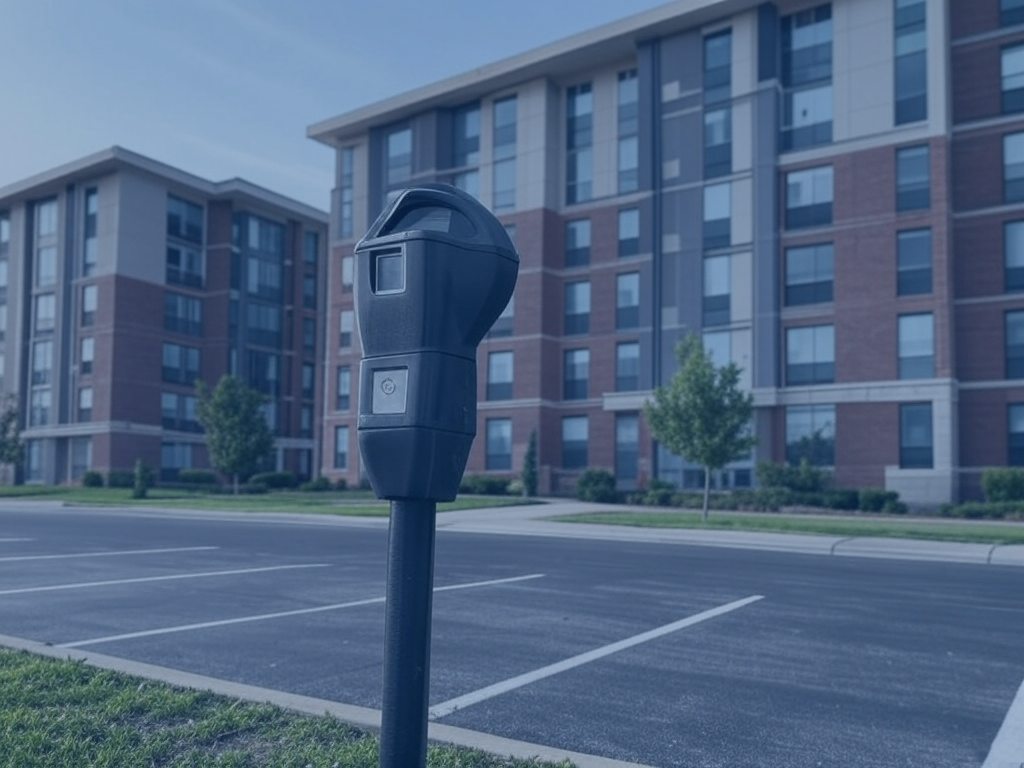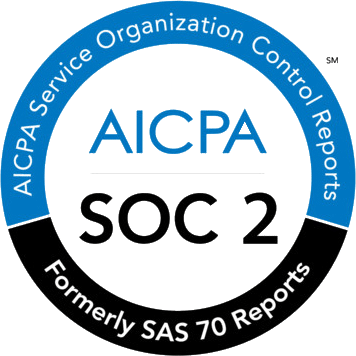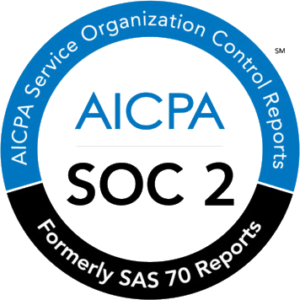The world of work has undergone a seismic shift in the last three and a half years. From bustling offices in early 2020, we pivoted to a remote work model amidst the COVID-19 pandemic. We are now navigating the nuances of a hybrid workforce. Meanwhile, some companies continue to push for a return to office mandate for their employees.
This transition, however, is not without its hurdles. Employees, having adapted to the flexibility and comfort of working from home, are now weighing the pros and cons of returning to the traditional office setting. According to data from the Conference Board, 73 per cent of US HR executives of the 185 surveyed report challenges getting workers to return to the workplace. Understanding their hesitations is crucial for effective leadership and the cultivation of a thriving workplace environment.
In this blog, we’ll dive into the challenges of commuting, the need for flexibility, and the balancing act of childcare.
Table of Contents
ToggleThe Commute Dilemma
According to a recent report from Owl Labs, which surveyed 2,000 full time workers in June, hybrid workers spend on average $51 when they go into the office. The report also found that the No. 1 work perk that would get the workers surveyed to return in-person more often is to have their company cover their commuting costs (38% of respondents).
This tells us that workers, especially in our uncertain economic environment, are conscious of the cost of the return to the office. However, it is not just the monetary cost of the commute that is worrying workers. It is also the time cost.
It’s often said that, time is our most valuable commodity. Thus, it is no surprise that many employees cite the time drain which comes with commuting as key reason they are hesitant to return to the office. It took the flexibillity that came with hybrid work to show workers that time spent commuting could be replaced with more time spent on hobbies, or with friends and family.
In this changing tide of employee needs & wants, the concept of ‘earning the commute’ emerges as a compelling solution. The office is no longer just a mandatory destination; it has transformed into a space that must warrant the journey. The idea here is not to enforce office attendance but to make it desirable – a place where employees are drawn for the benefits of collaboration and connection.
By embracing this concept, we can redefine the daily commute from a routine obligation to an enriching experience. Implementing flexible work hours and remote work options plays a critical role in this transformation. It alleviates the financial and time costs associated with commuting, making each trip to the office meaningful and intentional. Additionally, space management systems like Wayleadr optimize the arrival experience. This ensures that when employees do choose to come in, their time is well-utilized and productive.

As we pivot towards this new understanding of the workplace, the focus on employee autonomy and well-being becomes paramount. This approach not only caters to the evolving demands of the workforce. It also aligns seamlessly with the next crucial aspect of modern work culture – flexibility.
Craving Flexibility
As we transition into a landscape where the commute is ‘earned’ rather than mandated. We are speaking to another key theme of the return to office. That is flexibility – a concept now at the heart of modern workplace culture. This shift is more than just a trend; it’s a response to a deep-seated desire among employees for a work environment that respects their individual needs and lifestyles.
According to APA’s 2023 Work in America workforce survey, one-third of respondents (32%) said they do not have enough flexibility at work to be able to keep their work life and personal life in balance.
Flexibility in the workplace isn’t just about choosing between home and office. It’s about offering choices that empowers employees to blend their professional responsibilities with personal commitments. The traditional 9-to-5 schedule is giving way to more fluid, dynamic work models. These models recognize that peak productivity and creativity do not always fit neatly into standardized time slots.
The appeal of this flexible approach is multifaceted. On one hand, it acknowledges the diverse rhythms of people’s lives. It caters to early risers, night owls, and everyone in between.
On the other, it’s a testament to trust. It is based on a belief that employees, when given the autonomy to manage their own time, will excel. This trust is not baseless. Numerous studies and organizational experiences have shown that when employees feel their personal time is valued, their engagement, satisfaction, and output improve significantly.
Flexibility is not just limited to when and where work is done; it also extends to how work is approached. It encourages a results-oriented mindset, where the focus shifts from hours spent at a desk to actual outcomes and achievements. This perspective not only boosts productivity but also nurtures a more meaningful and rewarding work experience.
This newfound appreciation for flexibility within the workplace not only enhances the overall work experience. It also paves the way for addressing other crucial aspects of our lives, most notably childcare.
Childcare: A Balancing Act
The challenge of balancing professional responsibilities with parenting duties has always been significant. However, in this era of flexible work models, we find new opportunities to harmonize these two key components of many employees’ lives.
The evolution towards flexible work models has opened doors to various strategies that directly benefit working parents. One of the most significant advantages is the ability to tailor work schedules around childcare needs.
Parents can start their day earlier or later, or split their day to accommodate their parental responsibilities. This flexibility means that parents are no longer forced to choose between being present for their children and meeting their professional obligations.
Moreover, the option for remote work, even if it’s only for part of the workweek, reduces the need for extensive childcare hours. Parents can be physically present at home, providing them the opportunity to engage with their children. Whether it’s play time during breaks or just availability in case of emergencies. This can significantly reduce the financial burden of full-time childcare, which for many families is a major expense.
Finally, companies that offer flexible working arrangements are sending a strong message about their values. It demonstrates an understanding of and respect for the diverse needs of their workforce.
This not only helps in attracting and retaining talent but also fosters a culture of inclusivity and empathy. When employees feel supported in their personal lives, their loyalty, morale, and productivity at work will inevitably increase.
Getting Employees Back?
The journey back to the office is navigated through understanding and addressing these three pivotal concerns: the cost and time of commuting, the growing demand for workplace flexibility, and the challenges of balancing work with childcare.
By acknowledging these factors and implementing strategies like flexible work hours, remote work options, and supportive policies for working parents, companies can significantly ease the transition for their employees, whilst also ensuring a seamless return to office.
Here, solutions like Wayleadr play a crucial role. With its innovative space management system, Wayleadr helps in optimizing the arrival experience. Making each trip to the office worthwhile and productive. By transforming the office into a destination that employees choose for collaboration and connection. Companies can creae an environment where work and personal life can exist together in harmony.
From optimizing office space to enhancing employee satisfaction, Wayleadr is designed to guide your strategy beyond just planning, ensuring it evolves with your company’s growth. Don’t let your strategy stagnate; visit https://wayleadr.com/ or contact us below for a demo, and step into a more efficient, adaptable future.












